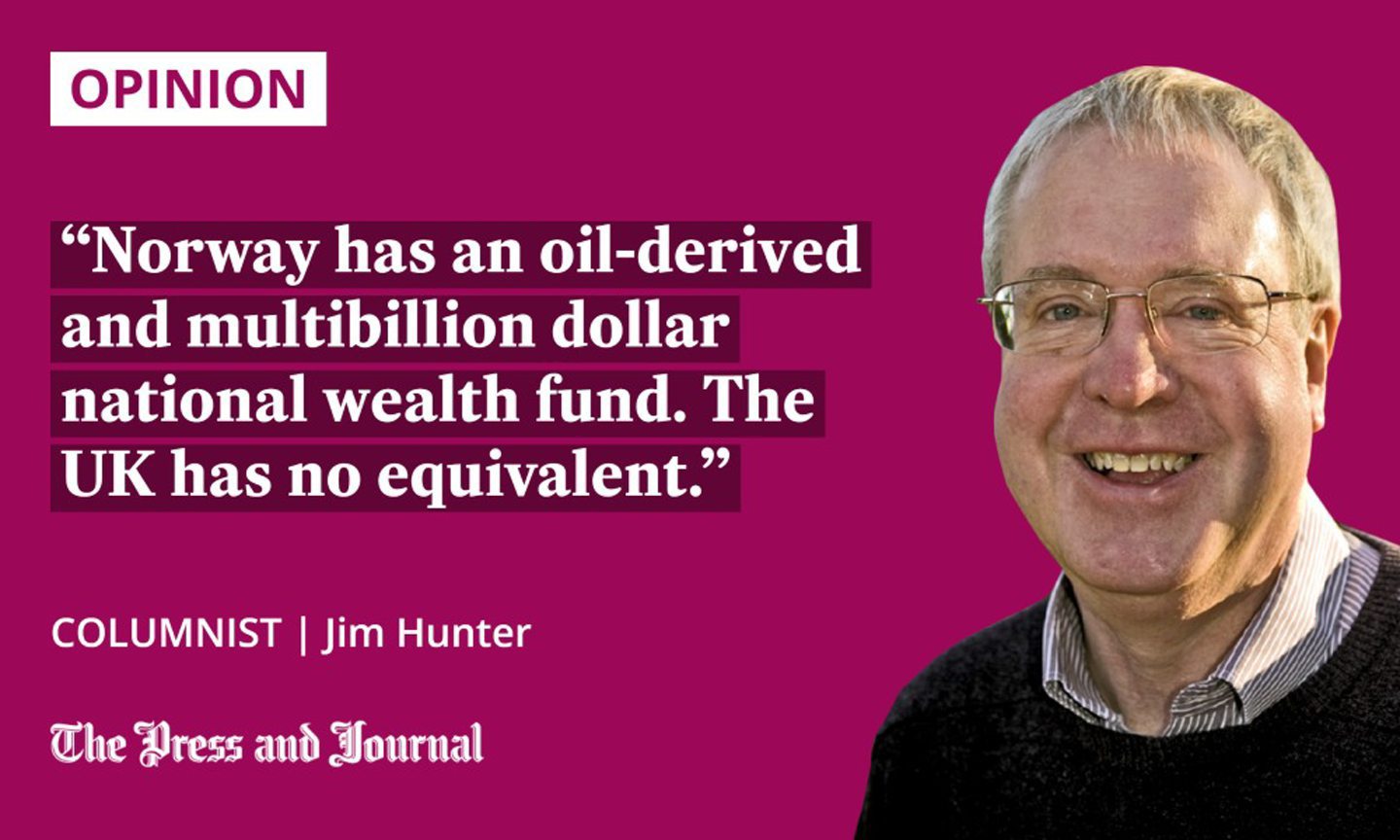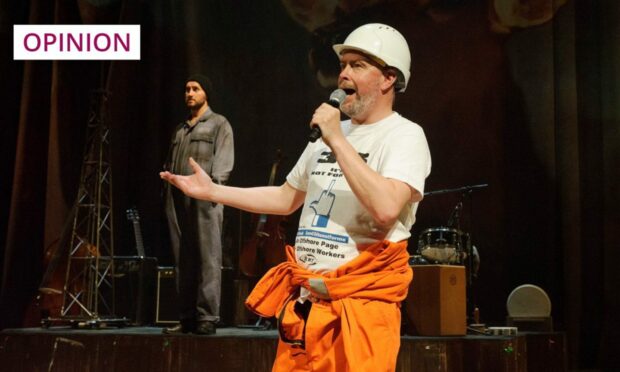For what is nowadays seen as a milestone moment in Scottish theatre, advance publicity was minimal.
On a Tuesday evening towards the end of April, according to a far from prominent advert in The P&J of 50 years ago this month, Aberdeen Arts Centre would stage, for one night only, a production billed as “a ceilidh play”.
This, though nothing was made of that fact, would be the play’s first public outing. The work of Merseyside-born John McGrath and his 7:84 theatre company, it was entitled The Cheviot, the Stag and the Black, Black Oil.
The P&J’s theatre critic, in a review published hours after that initial performance, delivered a mixed verdict. “Eight theatrical crusaders from the 7:84 Company,” it seems, had received a rousing reception for a “boisterous” and “hard-hitting” account of Highland history, from Culloden to the finding of oil fields in the North Sea.
But wider reactions to what The P&J’s reviewer described as “the relentlessly aggressive nature of the script” would depend, the reviewer felt, “on political outlook”.

McGrath’s own political outlook wasn’t in doubt. He was a socialist – his 7:84 theatre company owing its name to an Economist magazine claim that 7% of Britain’s then population owned 84% of the nation’s wealth.
But The Cheviot, as McGrath’s play would come to be known, was no dreary exercise in what the 1970s knew as agitprop. It was a gloriously entertaining and highly innovative mix of music, song, slapstick and – from start to finish – tragedy.
Exposing injustices and celebrating Highlanders
First came an uncompromising exploration of the Highland Clearances. The horrors of that grim time were made explicit. So were their causes.
Thousands of families had been expelled from their homes and their homeland, not because their way of life – as was said both at the time and subsequently – was hopelessly outmoded, but because they’d fallen victim to the runaway greed of landlords to whom getting rich mattered far, far more than the lives those same landlords so cruelly wrecked and ruined.
Here the story risked descending into tear-jerking sentimentality. But McGrath’s genius was to have his evildoers take on something of the guise of pantomime villains. Their iniquity was made both real and inescapable. But they were, at the same time, portrayed as figures of fun – people whose inflated notions of their own significance could be a source of laughter.
This technique was equally to the fore in the middle reaches of the drama, where Lord Crask, Lord Vat and Lady Phosphate – standing here for owners of the many deer forests whose stags replaced the cheviots introduced by clearance-era sheep farmers – are simultaneously grasping and absurd.
Real-life Lady Phosphates and Lord Vats, of course, were everywhere in charge of the Highlands of the 1970s. And when, in the months following its Aberdeen debut, McGrath and his colleagues took their drama on tour to more than 50 locations across the north, no small part of its universally rapturous welcome was down to its poking both mockery and derision at grandees of the sort generations of Highlanders had been expected to treat with cap-doffing respect.
But if McGrath’s aim was to expose the injustices inherent in so much of Scotland having been parcelled out among a handful of monied proprietors, his further aim was to celebrate a frequently overlooked aspect of the past – Highland people’s long struggle for betterment.
So, space is found in the unfolding drama for the many folk, women to the fore, who dared to stand up to evicting lairds – and who, a little later, constituted the thousands-strong membership of the Highland Land League which, in the 1880s, battled successfully for the security of tenure that brought clearance to an end.
Real-life Texas Jims left Aberdeen with nothing
Resistance to exploitation, The Cheviot urged in conclusion, was every bit as necessary in the Scotland of the 1970s as it had been in the Highlands of a century before. Absentee lairds were being joined by equally absentee oil companies. And while, across the water, Norway was ensuring that its population shared in the offshore oil bonanza, Britain’s politicians, for whom the play has nothing but contempt, were confining themselves to smoothing the way for oil operatives like John McGrath’s Texas Jim.
“All you folks are off your head,” Jim sings, “I’m getting rich from your seabed.”
He’ll go home when he sees fit, Texas Jim continues. All he’ll leave is “a heap” of something unpleasant that rhymes very neatly with “fit”.
And, 50 years on, that’s arguably how it has turned out. Norway has an oil-derived and multi-billion-dollar national wealth fund. The UK, thanks to hands-off politicians of the type McGrath lampooned back in 1973, has no equivalent. And Aberdeen, key to fortunes made by lots of real-life Texas Jims, can’t scrape together the few quid needed to prevent the closure of its libraries.
Jim Hunter is a historian, award-winning author and Emeritus Professor of History at the University of the Highlands and Islands.


Conversation